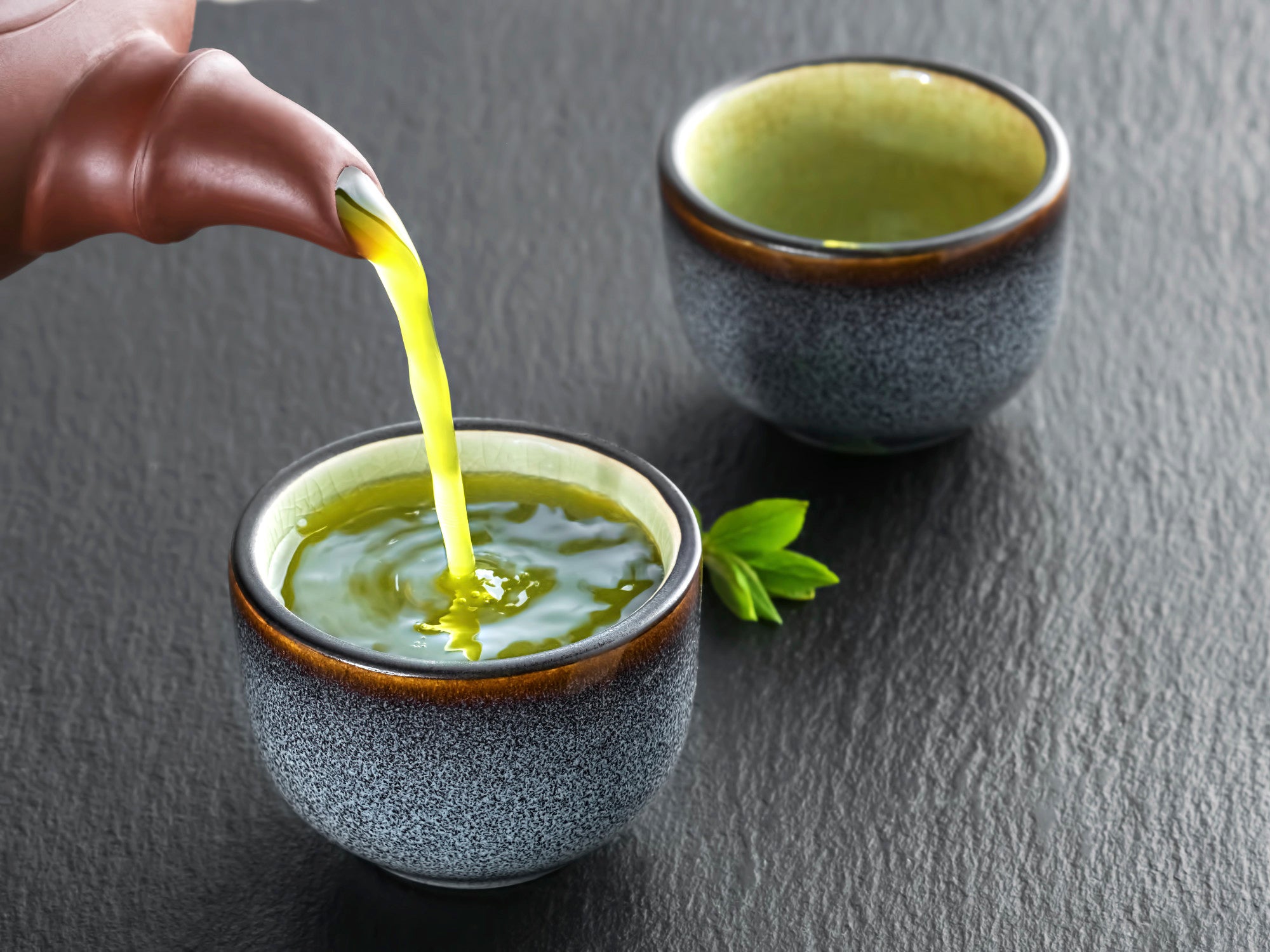
Discover the Elegance of Gyokuro Tea: Benefits and Preparation
There are many varieties of Japanese green tea, each with its own characteristics in processing, preparation, and taste. One of the most prized is Gyokuro tea.
Green tea, in all its varieties, has a unique and unmistakable flavor and is believed to offer numerous health benefits. The most famous varieties include Matcha, a powdered green tea prepared by suspension, allowing one to consume 100% of its beneficial properties. Matcha is renowned for the Japanese tea ceremony, Cha-No-Yu, and is grown in the shade before harvest, steamed, dried, and ground into a fine powder.
Gyokuro tea has a cultivation method similar to Matcha but is a leaf tea. Its plantations, like those of Matcha, are covered for about 20 days before harvest to maintain high chlorophyll levels. In contrast, Sencha tea is grown in full sunlight throughout its life cycle, leading to rapid growth.
Gyokuro Tea
Gyokuro is an intense and refined Japanese green tea, cultivated primarily in Kirishima, southern Japan, where the climate is ideal for organic green tea cultivation. The dense fog and significant temperature changes create favorable conditions for tea growth.
Gyokuro leaves are green with marine hues, thanks to chlorophyll, and have a needle-like shape. It is one of the world's most prized teas, also known as "precious dew" or "jade dew."
Cultivation Methods
Like Matcha, Gyokuro plantations are grown in the shade. When the first tea leaves sprout in early April, the entire plantation is shaded for about 20 days using large tarps and rice straw. This reduces direct sunlight, lowering photosynthesis rates and resulting in high theanine levels, which contribute to Gyokuro's rich umami flavor.
The harvest occurs in late April, selecting only the first young leaves, known as the "first harvest." This selection ensures the tea is considered the best in terms of quality, freshness, and taste.
Processing of Gyokuro Tea
Unlike Chinese green tea, Japanese green tea is not fermented. After harvest, the leaves are laid on bamboo surfaces and sun-dried for several hours. About 12-20 hours post-harvest, the leaves are steamed for at least 30 seconds to prevent oxidation, preserving their green color and beneficial properties.
This process, known as the Uji method, creates a fundamental difference in flavor between Chinese and Japanese green teas, with the latter having a more vegetal, almost grassy taste similar to seaweed.
After steaming, the tea undergoes "Rolling and Drying," where fibers are softened, releasing aroma components. This process involves several stages, starting with leaf rolling and ending with tight twisting, giving the leaves their characteristic needle shape.
Properties and Benefits of Gyokuro Green Tea
Green tea possesses antioxidant properties, protecting tissues by preventing chemical reactions that form harmful compounds. It contains catechins, particularly Epigallocatechin gallate (EGCg), which may help combat oxidative stress.
Antioxidants also protect tissues from aging by preventing free radical formation, thus delaying cellular aging. Gyokuro green tea aids metabolism, has diuretic properties, and regular consumption can stimulate peristalsis, promoting healthy intestinal function.
Thanks to caffeine and theanine, Gyokuro can boost energy, combat fatigue, stimulate the mind and body, and enhance concentration.
Preparation of Gyokuro Tea
Japanese green tea is prepared by infusing leaves in hot water. The key factors for perfect green tea are:
Leaf quality
Water temperature
Infusion time
Water quantity
Leaf Quality
Leaves from the first harvest are considered the most prized, like NaturaleBio's Gyokuro green tea.
Water Temperature
For Gyokuro, use water at around 50°-60°C.
Infusion Time
Use about 6 grams (two teaspoons) of tea per person. Infuse for about 2 minutes to avoid bitterness.
Water Quantity
Use 200 ml of water for 6 grams of Gyokuro tea.
Traditional Preparation Method:
Boil water and let it cool in a yuzamashi (a teapot-like vessel) or a wide cup.
Pour the water (200 ml) into Japanese tea cups and discard the remaining water to lower the temperature by about 10 degrees and warm the cups.
Place the Gyokuro tea leaves in the teapot and add the water from the cups, ensuring the water is at the ideal temperature. Use 6 grams of tea for 200 ml of water.
Infuse for 2 minutes, then pour into cups.
The leaves can be reused 3-4 times, with subsequent infusions requiring only about 30 seconds.
Flavor and Texture
Gyokuro tea has a pale, dewy, yellow-green, slightly cloudy color with a strong umami taste and rich aroma. The presence of chlorophyll adds to the beverage's complex flavor, starting with vegetal, slightly sweet notes and finishing with a subtle bitterness, providing a refreshing aftertaste.
Scientific Studies on Benefits:


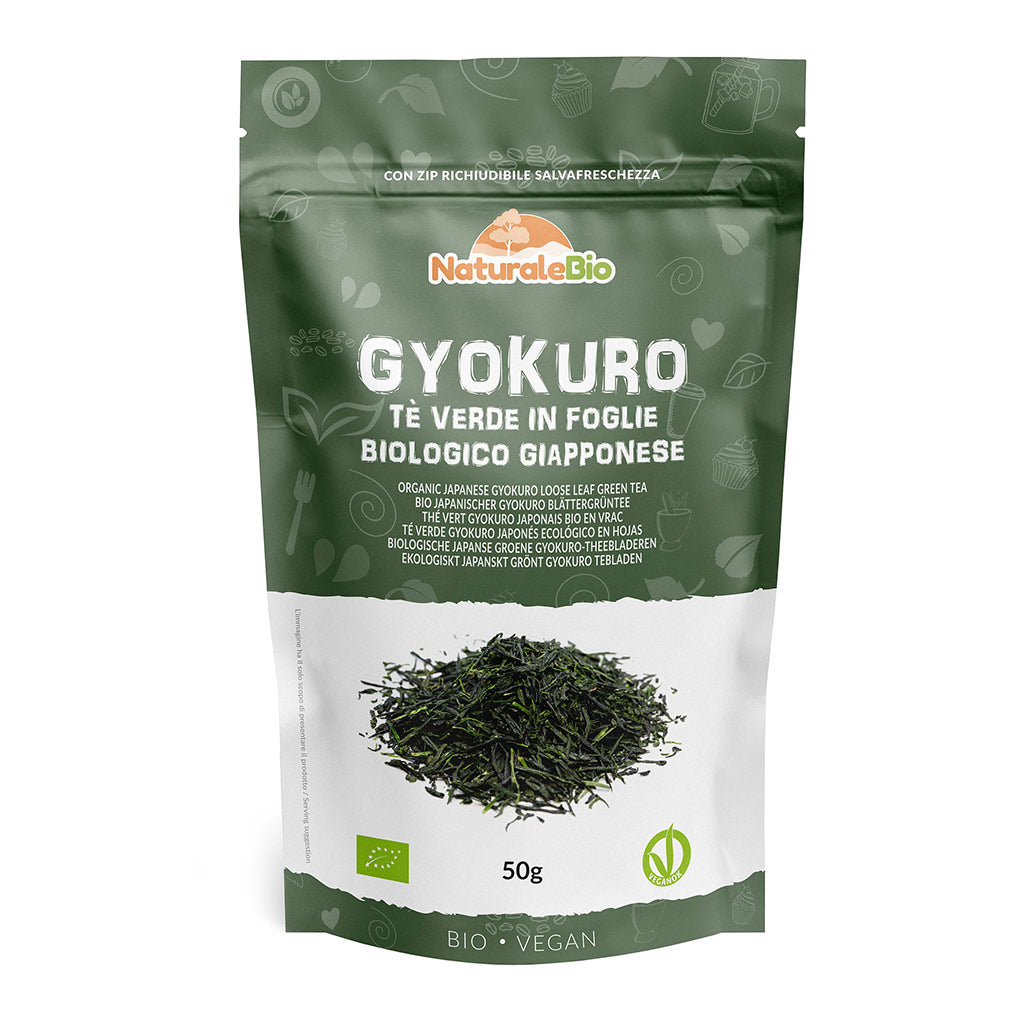
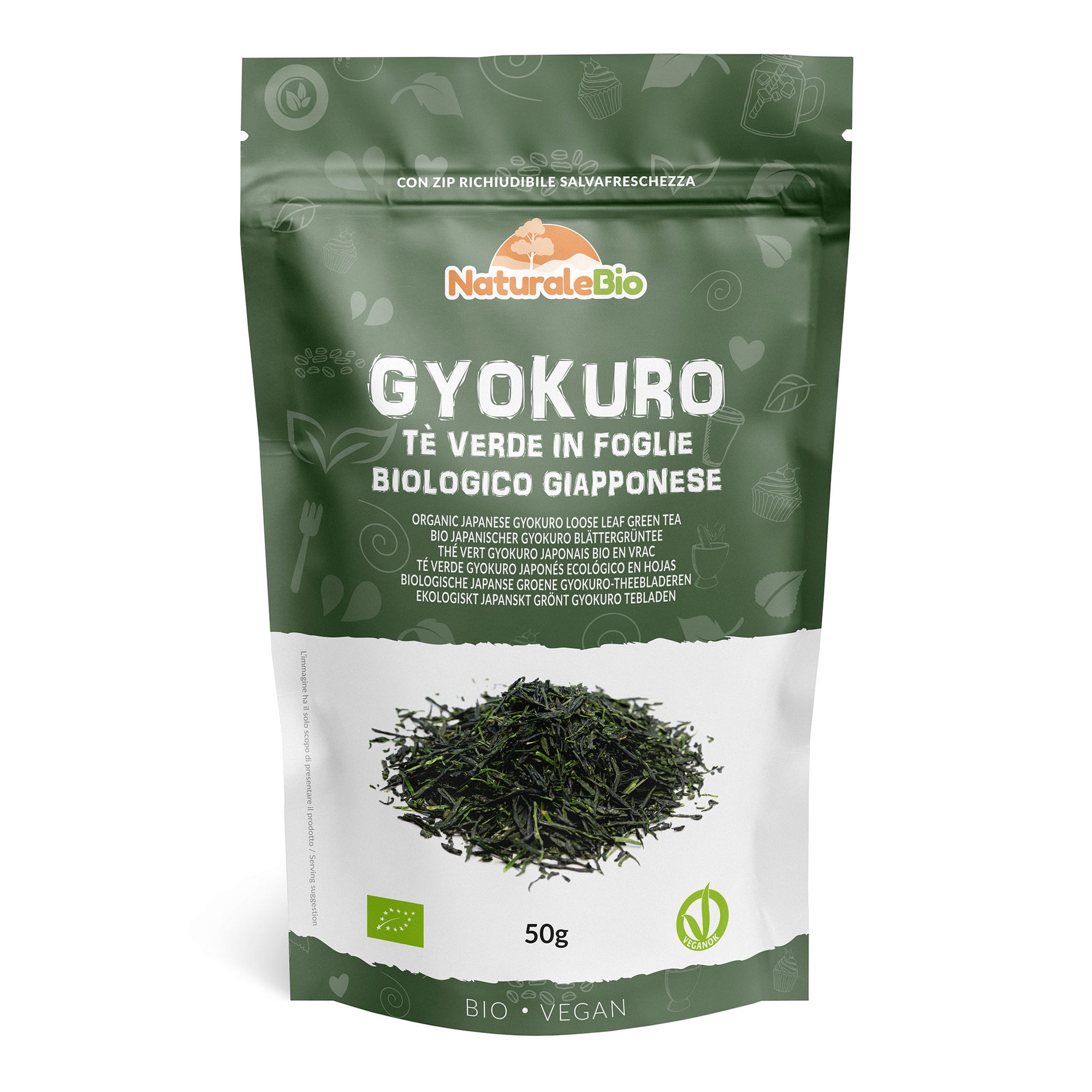
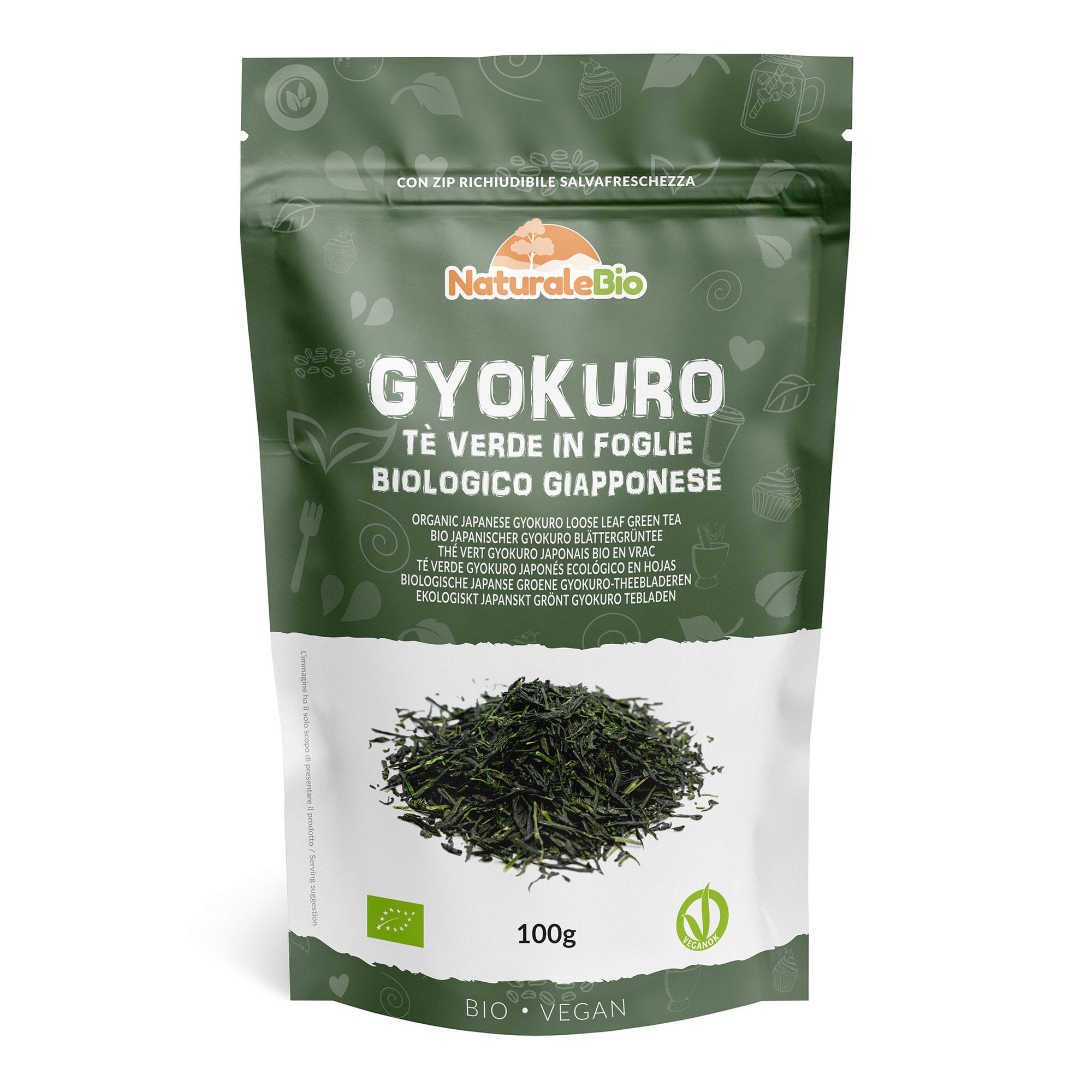
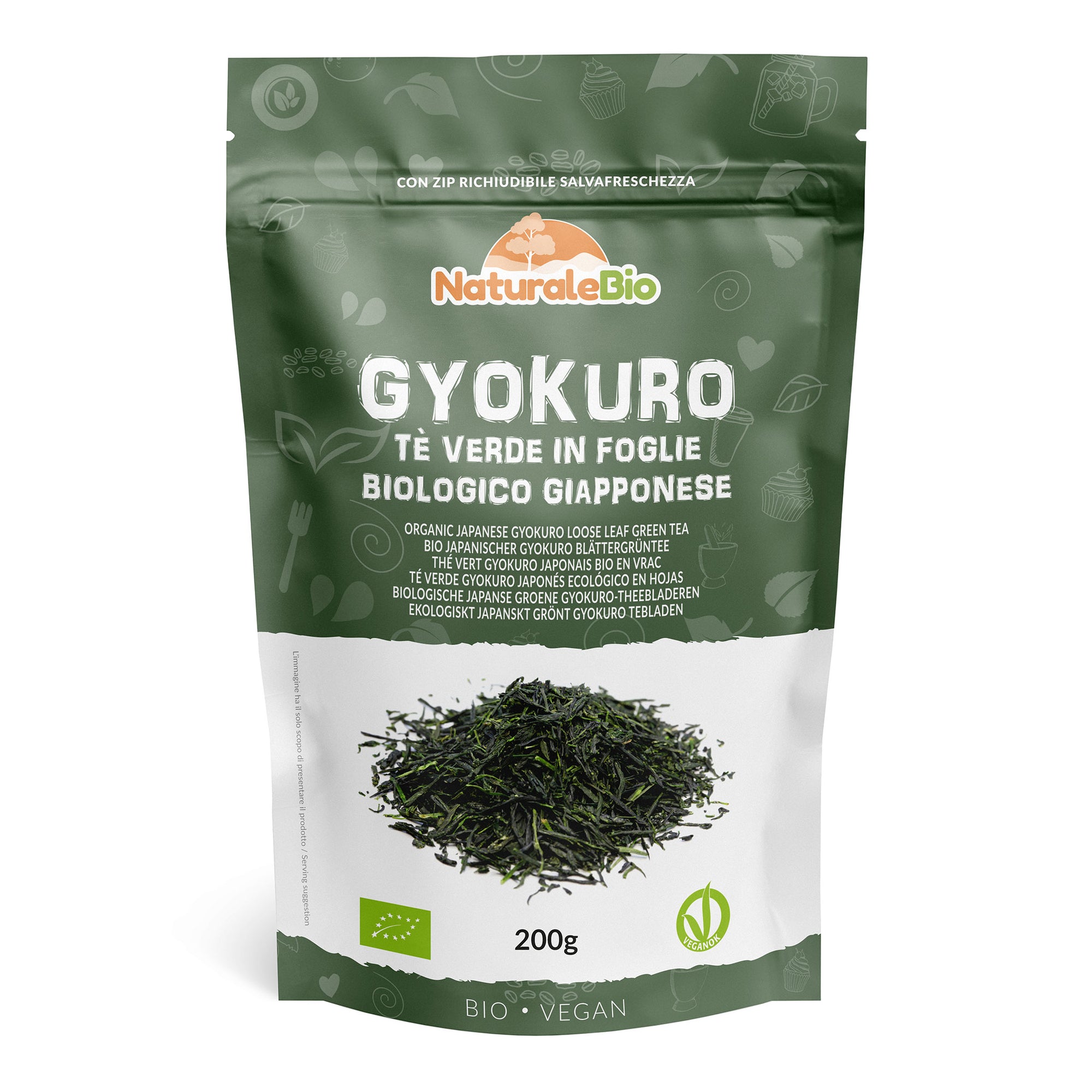
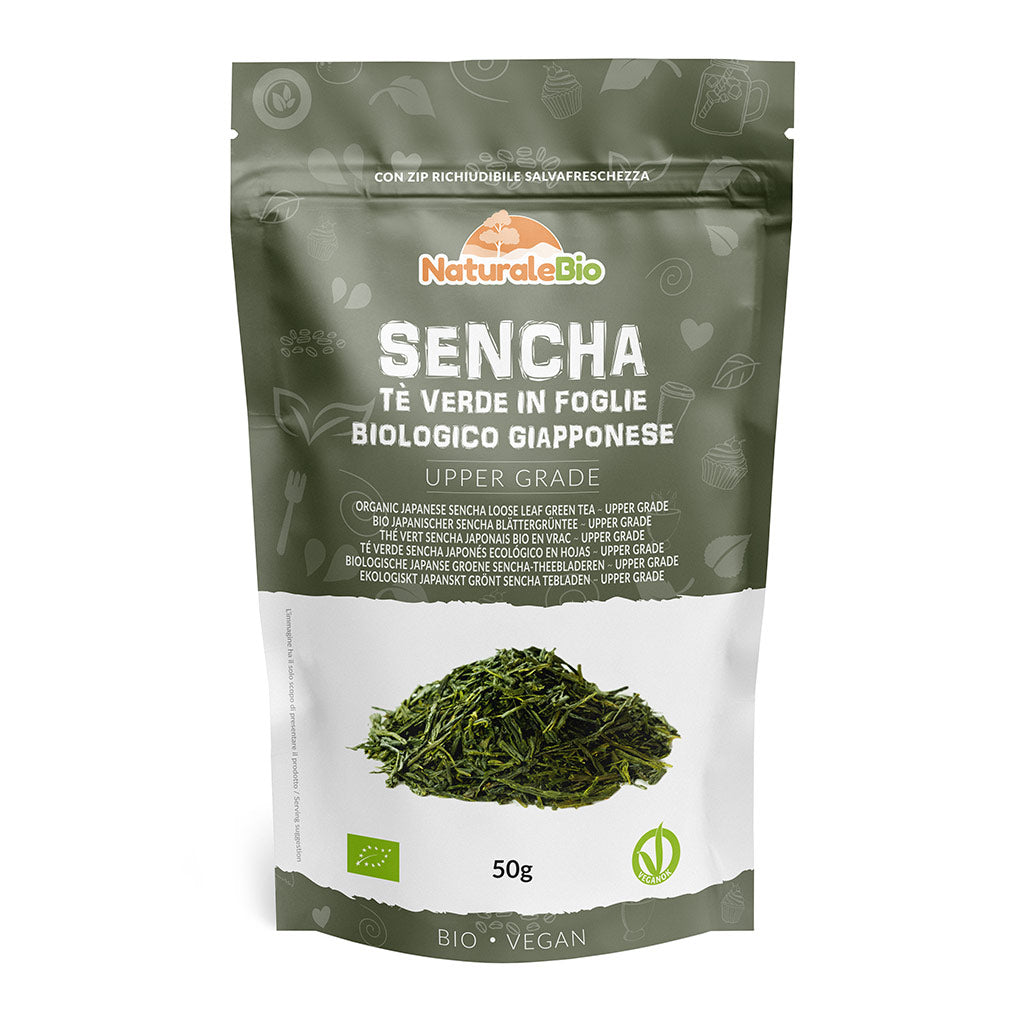
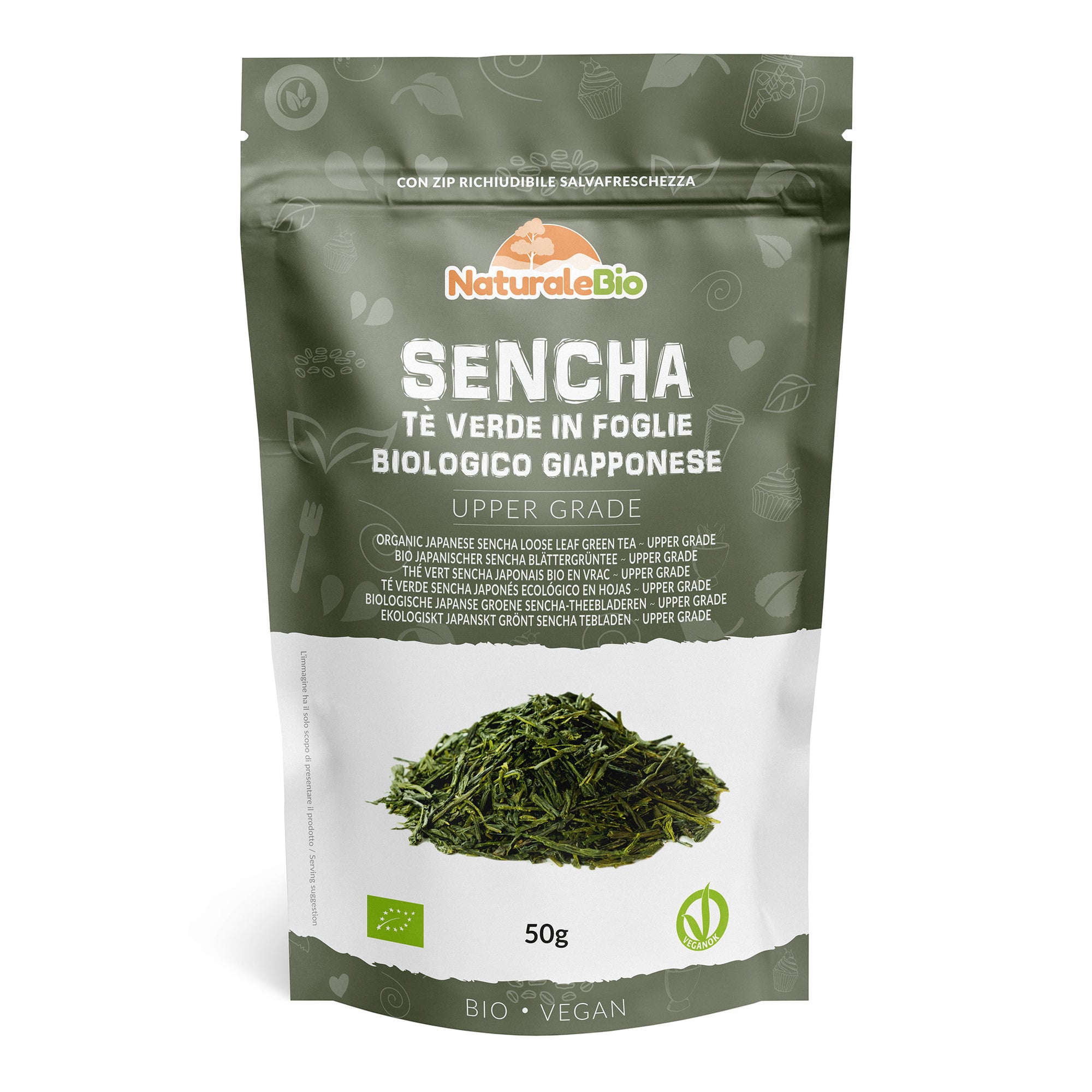
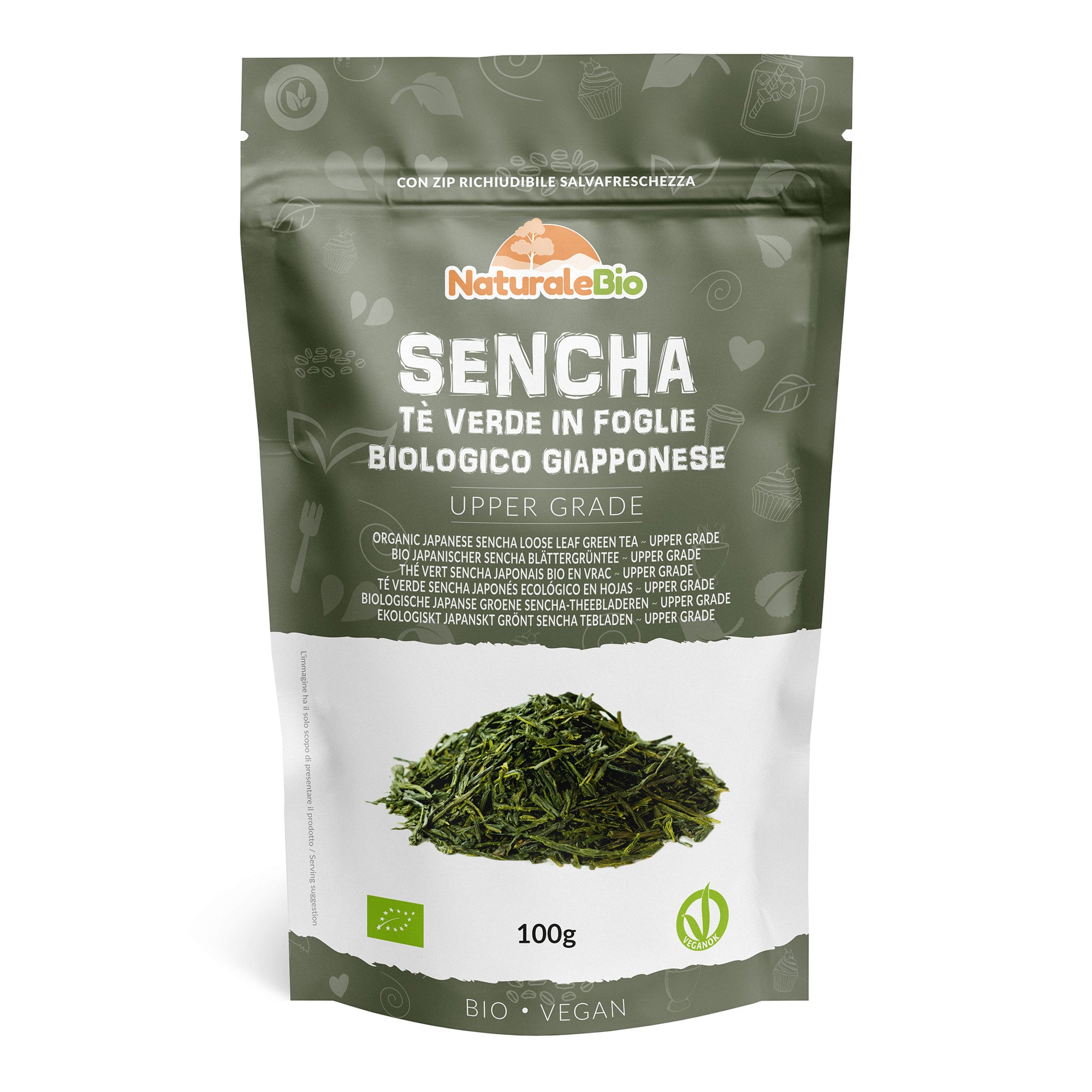
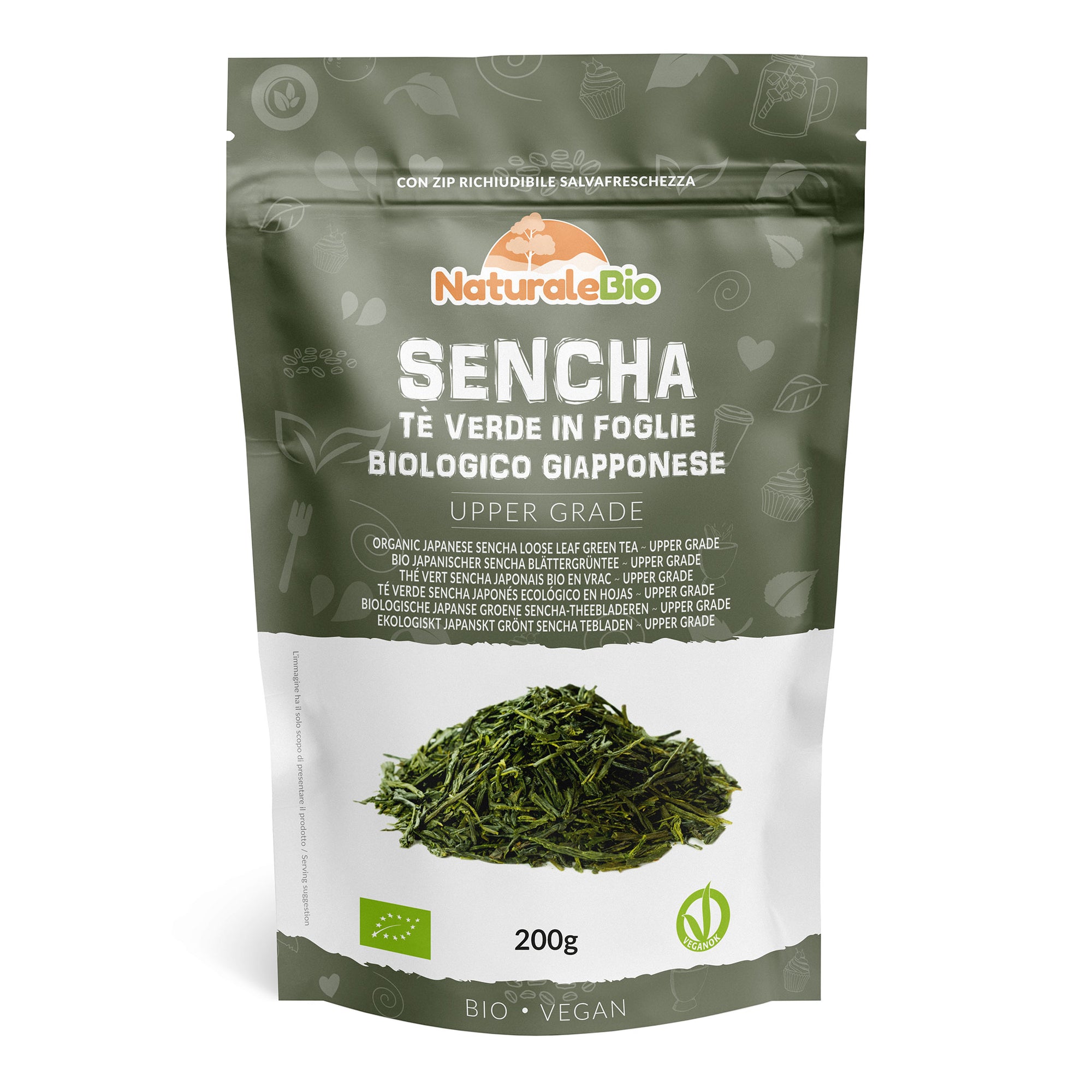
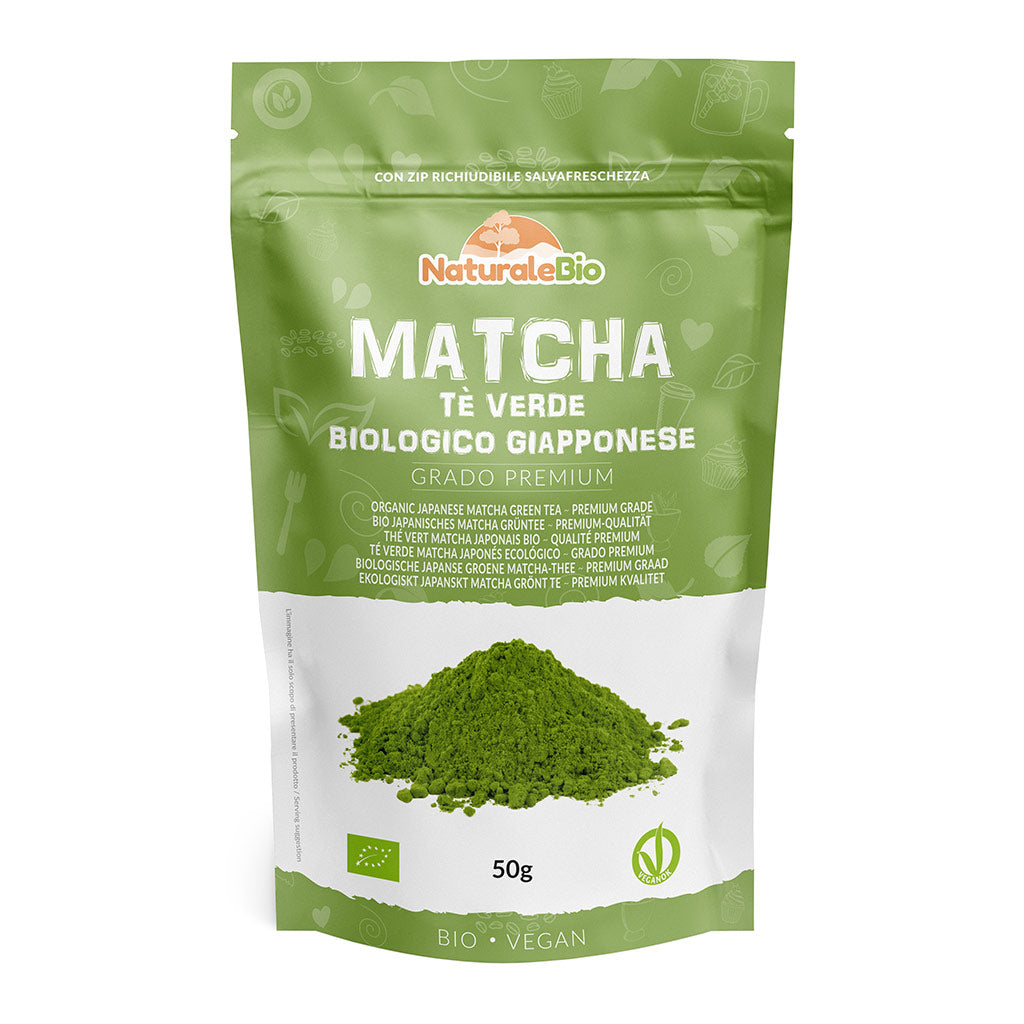
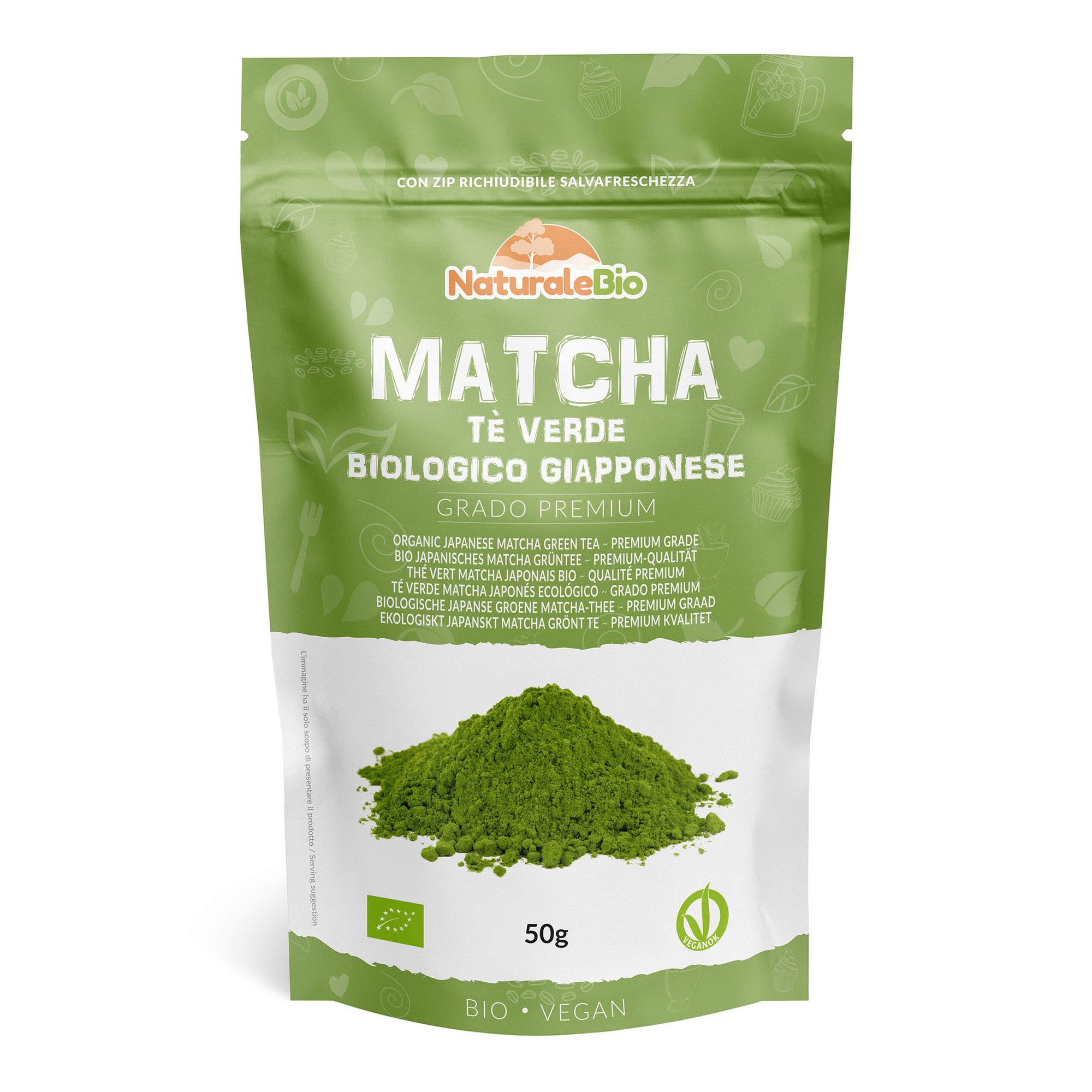
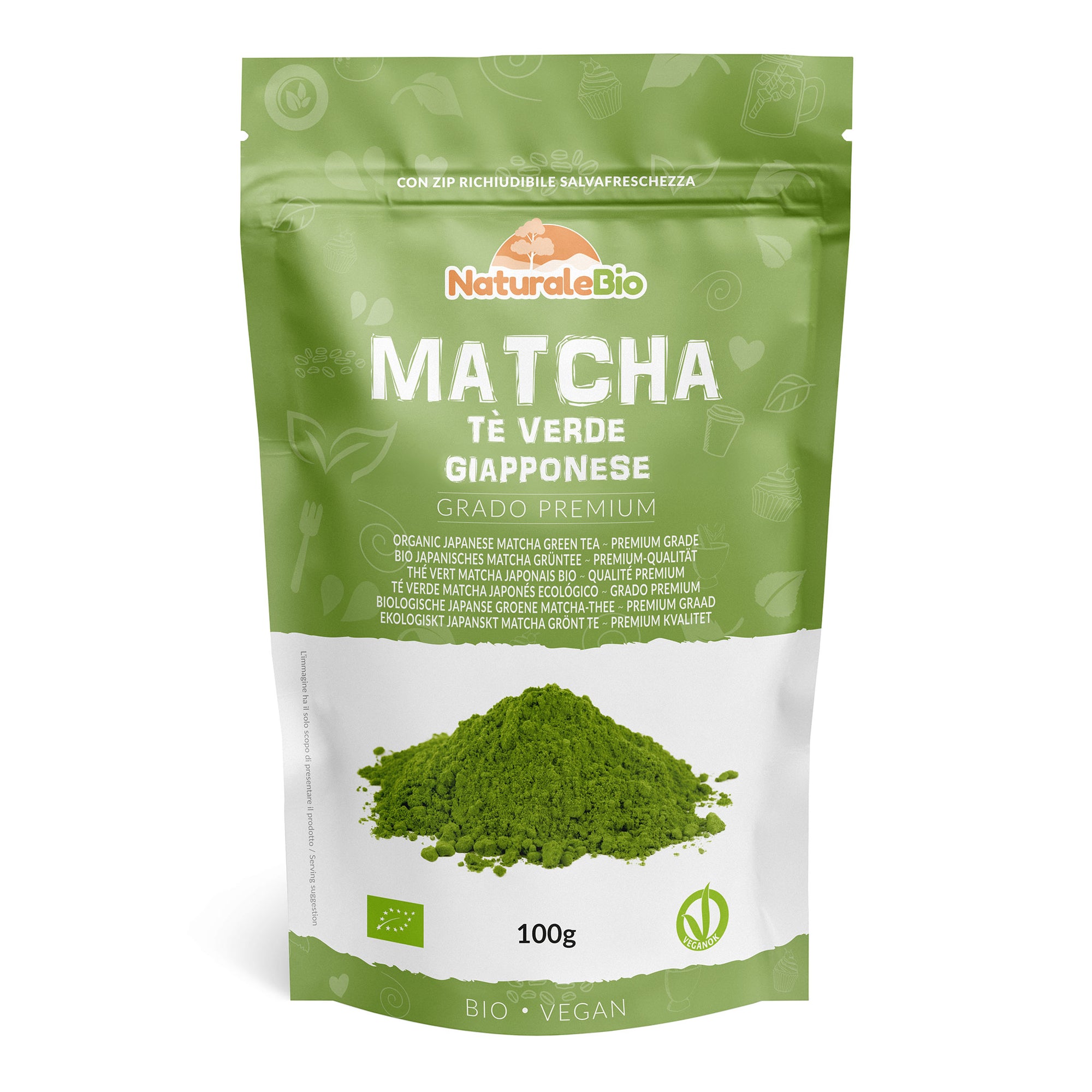

0 comments